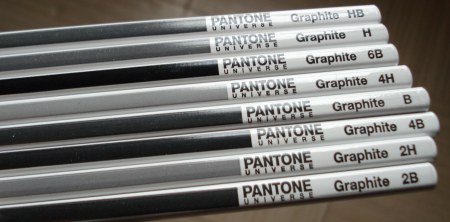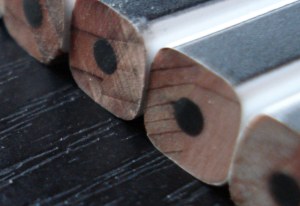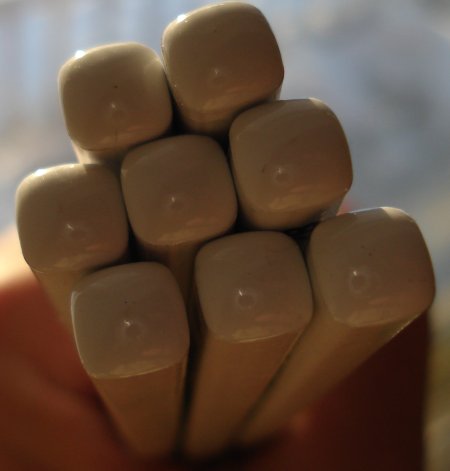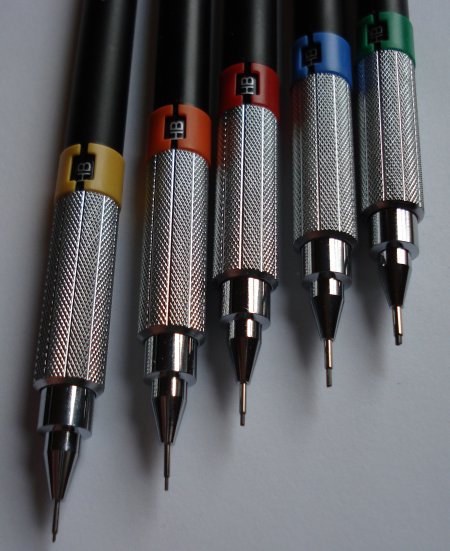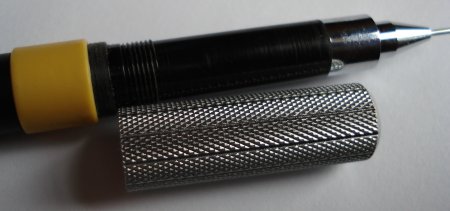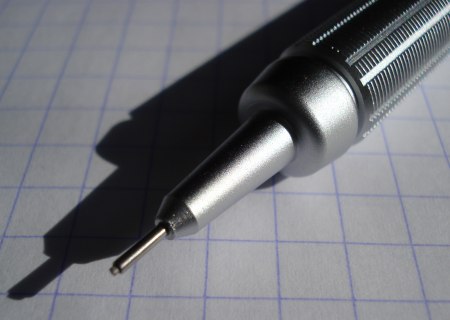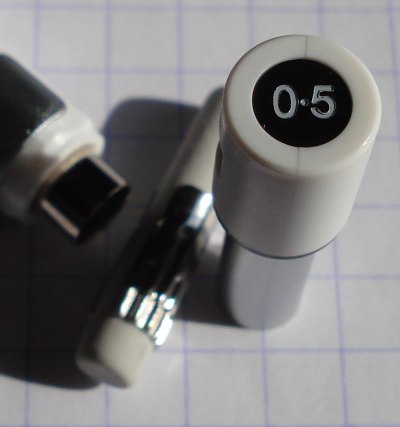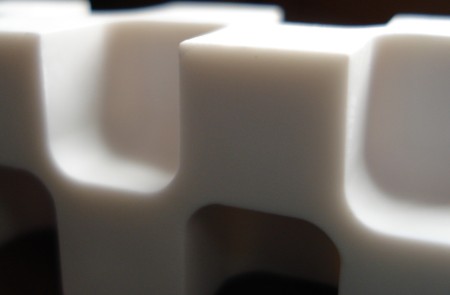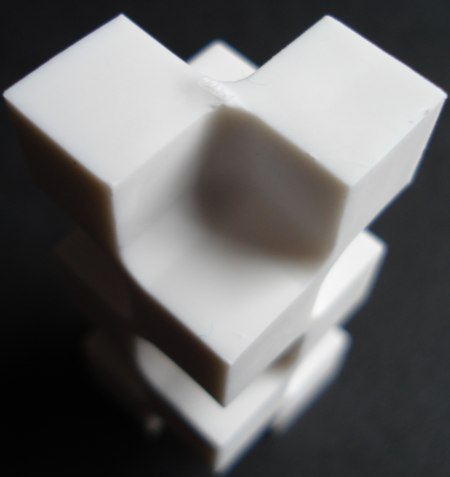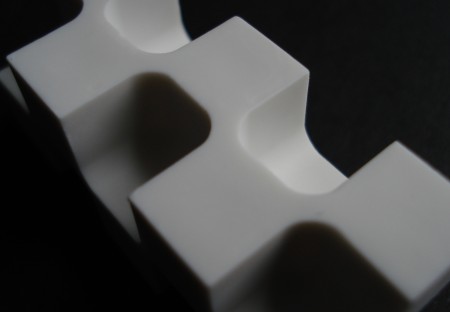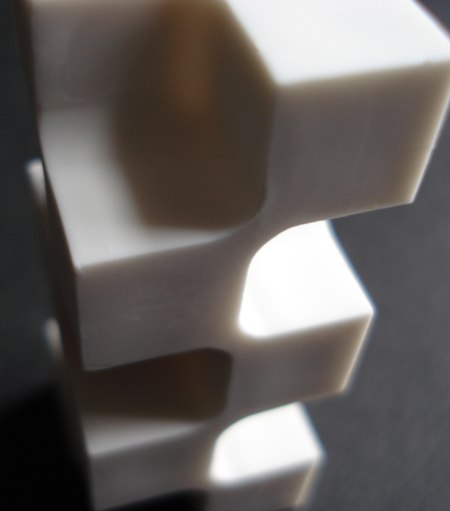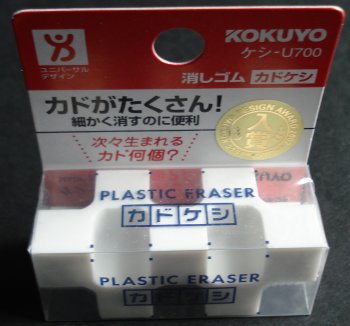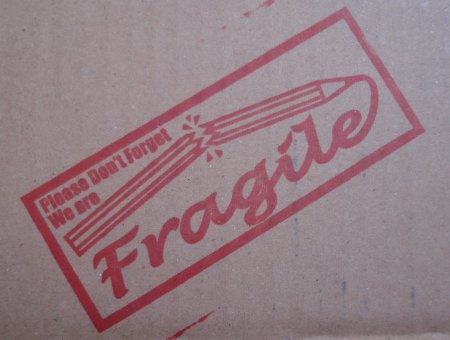
With thanks to Gunther, I now have two more red and blue pencils.
The new pencils are the Koh-I-Noor Hardmuth AG “Bürofarbstift” 62 SM, made in Austria, and the 8742 Stabilo Schwan-Stabilo, made in Germany.
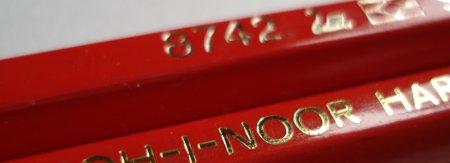
A quick overview of the five red and blue pencils:
| Manufacturer | Model | Shape | Core |
| Koh-I-Noor | Bürofarbstift 62 | Hexagonal | 2mm |
| Musgrave | Hermitage Thin 525 | Hexagonal | 2mm |
| Musgrave | Harvest Thick 725 | Round | 4mm |
| Prismacolor | Verithin 748 | Round | 2mm |
| Schwan-Stabilo | Stabilo 8742 | Hexagonal | 2mm |
I have done some further testing on the colour properties of the five pencils:
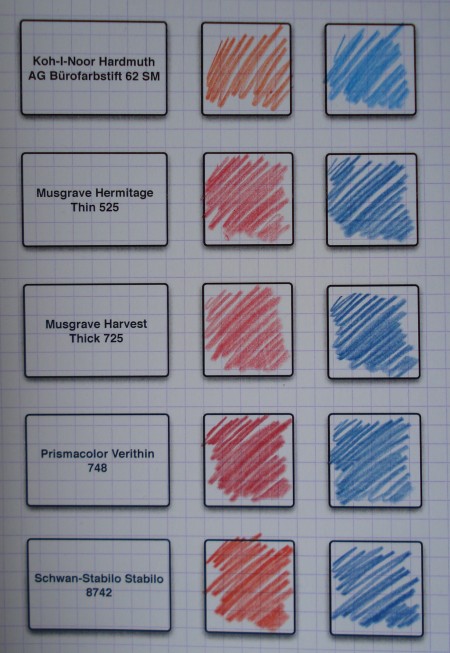
On the blue side, the Bürofarbstift 62 uses a lighter shade. The other four pencils offer very similar dark blues.
The red choices show more variation, with each vendor offering something different. Both European pencils makes lines that are more on the orange side, while the Musgraves offer a subdued red, and Verithin, a richer, more vibrant red.

